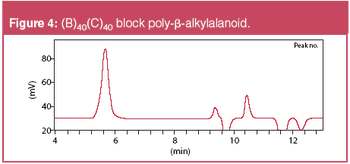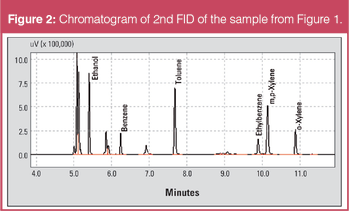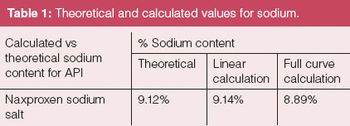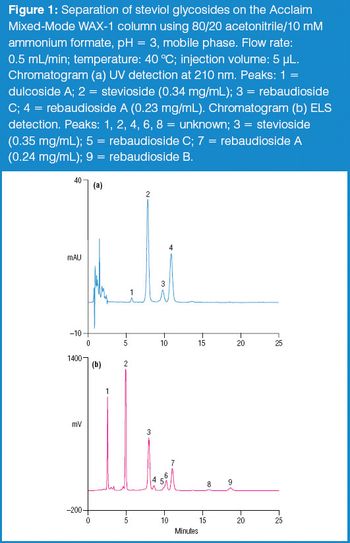In the past decade, supercritical fluid chromatography (SFC) has experienced a steady growth in acceptance, particularly in pharmaceutical and chemical laboratories. In SFC, "supercritical" CO2 combined with one or more polar organic solvents, most commonly alcohols, are used as mobile phase. Preparative SFC is deemed by many to hold the greatest promise to attain mainstream acceptance. The reduction in solvent consumption and collection in relatively small volumes of volatile organic solvents, hence, a much less stringent post-purification endeavour, lead to significant savings on operation costs. For example, Ripka et al. calculated that 20000 samples purified by SFC instead of reverse phase liquid chromatography (RPLC) would realize a 48 times reduction in solvent consumption.1










